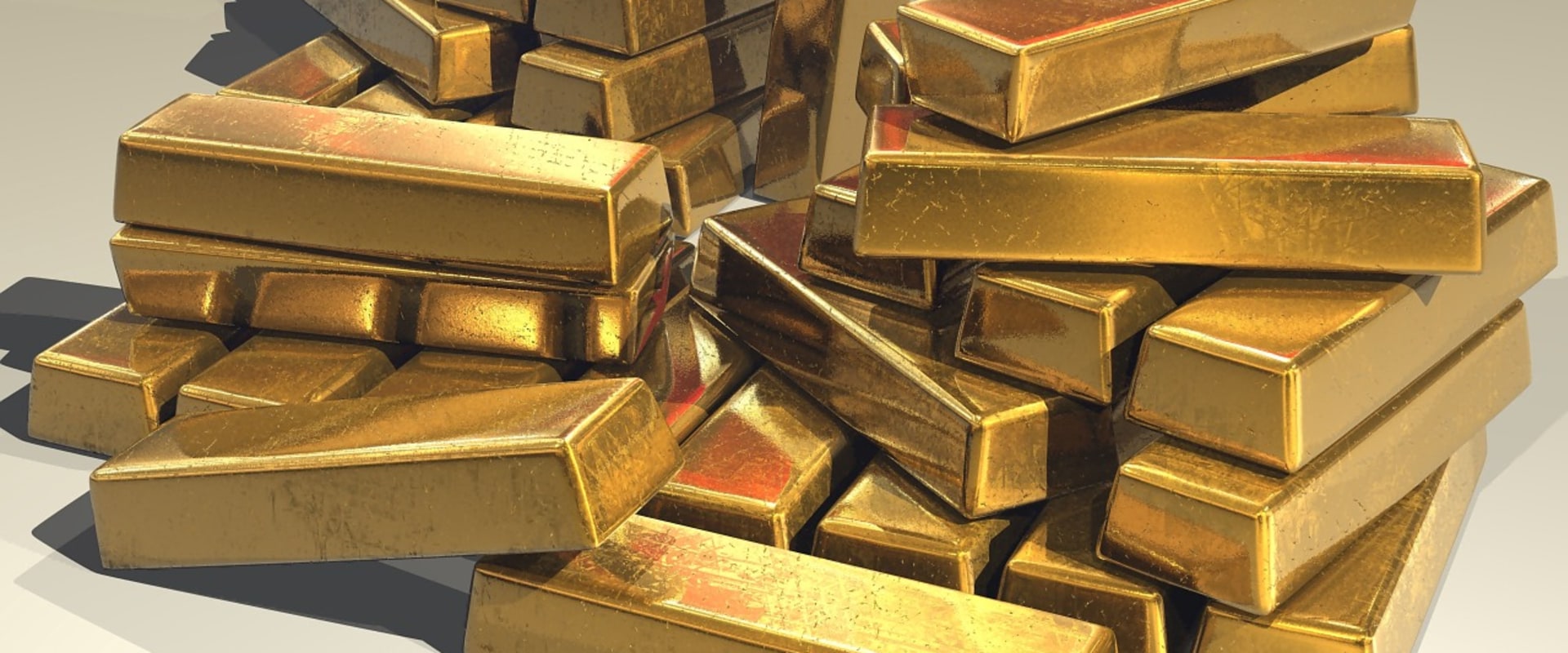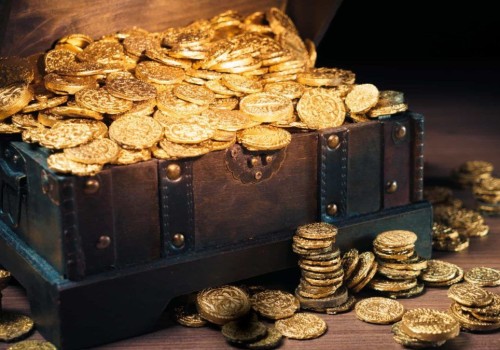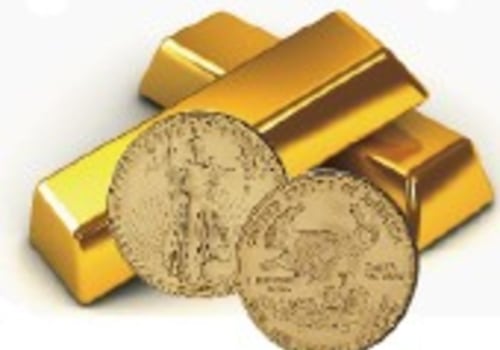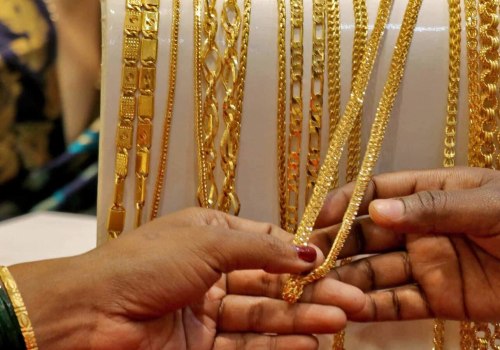Economist Charlie Morris predicts that by 2030, a troy ounce of gold will cost more than $7,000. This feasible forecast is based on the movements of the US dollar due to the existing inverse correlation. Gold is consumed as jewelry, and there is a huge increase in demand, even from world governments that seek gold as a store of value that they hold in central banks. The monsoon plays an important role in gold consumption because if the harvest is good, farmers buy gold from their profits to create assets.
The forecast for the price of gold for 2025 is largely an extrapolation of the influencing factors of the current year. Gold is now retreating from its highs, but it could be forming a bullish flag pattern that could cause prices to skyrocket much more. However, even with the bullish forecast of the price of gold for 2025, competition from Bitcoin as a store of value may limit its upside potential. Gold is generally considered to be a security investment, and most wealthy investors have at least a portion of their portfolio allocated to gold. Gold price trends have generally been bullish in the long term, but the past two years have been more or less of consolidation.
The first factor influencing long-term gold price forecasts is the rate of inflation (which, however, is difficult to predict accurately), real rates are the second factor, and the third is the price of gold relative to real value. Of course, there are other unpredictable factors that must be considered for long-term gold price forecasts such as mining supply or geopolitical tensions. The report also notes that the price of gold has also been affected by the Federal Reserve's tightening policy. The rise in the price of gold came amid the turmoil in the banking sector caused by the collapse of Silicon Valley Bank, forcing investors to seek safe assets. And finally, since gold is an uncertain supply that is extracted, it is actually mostly recycled, so when global demand increases, it is difficult to satisfy the supply, so demand increases the price of the asset considerably. Gold and inflation also work together, since inflation is one way in which money can quickly devalue, and when this happens, people prefer to have their money stored in something that increases in value rather than gold.
However, because of its negative correlation, when the dollar loses value, for example due to inflation, the price of gold tends to rise. Gold is not an asset that is prone to large price swings or high volatility, but it is known to grow almost constantly as its uses and market desire increase. Taking into account all these factors and predictions from experts like Charlie Morris, it can be said with confidence that by 2030 a troy ounce of gold will cost more than $7000.







